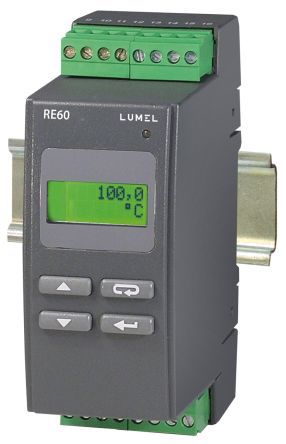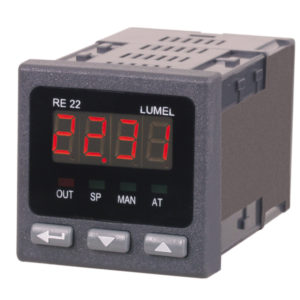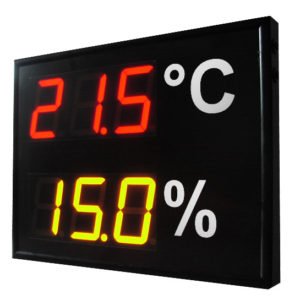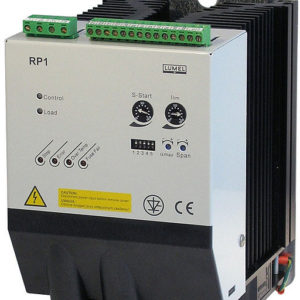Description
Parameters of the N20Z meter:
- input:
– a.c. current: 1 A, 5 A,
– a.c. voltage: 100 V, 250 V, 400 V
– frequency: 20…500 Hz. - 2 alarm outputs of OC type (4 types of alarms) signaled by highlight of the alarm index,
- protection level ensured by the housing: IP65,
- readout field: 5 three-colour LED displays of 14 mm height,
- highlighted measuring units,
- supply: 85…253 V a.c./d.c. or 20…40 V a.c./d.c.
- overall dimensions: 96 x 48 x 64 mm.
For the configuration of the N20Z is destined LPConfig program. The meter must be connected with the PC computer through a PD14 converter.
Parameters which can be reprogrammed are as follows:
- display colour, individually in three intervals,
- thresholds of displayed overflows,
- display precision of the result (decimal point),
- highlight of the unit,
- kind of the measured signal a.c. or a.c. + d.c. (True RMS),
- averaging time of the measurement,
- recounting of indications (individual characteristic),
- two alarms of OC type operating in six working modes.







